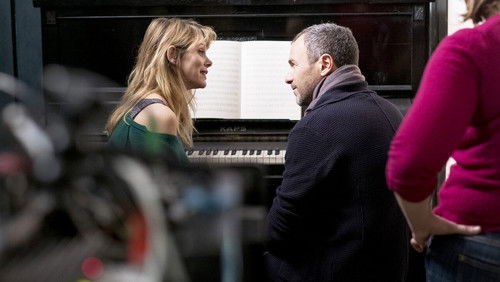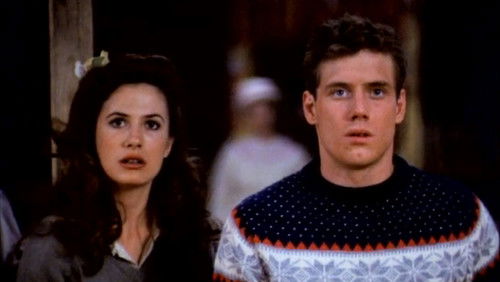Die Straße der Schande (1956)
48KDie Straße der Schande: Directed by Kenji Mizoguchi. With Machiko Kyô, Ayako Wakao, Michiyo Kogure, Aiko Mimasu. The personal tales of various prostitutes who occupy a brothel.
“Visiting any of the great masters (Ozu, Kurosawa, Mizoguchi) always galvanizes me into action. I watched u0026quot;The End of Summeru0026quot; (1961) and was hooked. I had to see this, a late Mizoguchi, before seeing another Ozu. You know, for the rhythm. And while they are completely different in so many ways, both create such poetry that usually it takes forever for me to watch their films, since I repeatedly have to pause the film to be soaked in the images.u003cbr/u003eu003cbr/u003eu0026quot;Street of Shameu0026quot; (1956), Mizoguchiu0026#39;s last film, is no different in this respect, although it does carry that ominous u0026quot;last filmu0026quot; aura over its head, which always bodes for some sinister stuff in my personal brooding, regardless of whether the film is comic or not.u003cbr/u003eu003cbr/u003eThe music is provoking. It sounded so much like something out of an Imamura film that I had to wonder whether I had accidentally put in u0026quot;The Insect Womanu0026quot; (1963), a film I had been watching recently as well. Constantly it makes you feel that everythingu0026#39;s slipping into a chasm, whence thereu0026#39;s no return. And things, how do they go wrong.u003cbr/u003eu003cbr/u003eThe film has, overall, a very modern feel to it. Not only in the subject matter, which is in stark contrast with the jidai-geki Mizoguchi is most famed for. Itu0026#39;s also the spirit of the film, the aesthetics, the technique. It certainly hasnu0026#39;t got the slightest sense of a u0026quot;last filmu0026quot; to it.[1] On the contrary, this is a testament in the other sense of the word: evidence of his artistic vitality and boldness in choosing the unsafe way, embracing the risk. Pretty much aligned with what the film is about.u003cbr/u003eu003cbr/u003eSpeaking of Imamura, the film would work well alongside Imamurau0026#39;s masterly explorations of the seedy Japanese subcultures, or u0026quot;Bakumatsu taiyôdenu0026quot; (1957), Kawashimau0026#39;s comic masterwork. Mizoguchi, with his usual ruthlessness, shows us a world that doesnu0026#39;t work the way weu0026#39;d like, and in which the only way to survive is to fight, and in which fighting more often than not isnu0026#39;t enough. u0026quot;Deceive, or be deceivedu0026quot;, and still perish.u003cbr/u003eu003cbr/u003eThe hidden center of the film is Shizuko, the young girl who becomes a prostitute by the very end. Itu0026#39;s all building up for that moment, where we realize with her that, as what in the context of philosophy and Oriental religion is understood as the circle of life is, in the pragmatism of the film, reduced into a horrifying prophecy of the same things happening all over again. A life lived, yet not for oneself. Itu0026#39;s all lies, Shizuko realizes, and excuses, and sad theatre. Sad most of all because thereu0026#39;s no way out.u003cbr/u003eu003cbr/u003eFOOTNOTES: u003cbr/u003eu003cbr/u003e[1] And why should it? Mizoguchi was working hard on another film, documented well in the documentary u0026quot;Kenji Mizoguchi: The Life of a Film Directoru0026quot; (1975) by Kaneto Shindô. Some storyboards exist, and seeing them are among the saddest moments in film I can think of. How much Iu0026#39;d love to have seen whatever he had in mind.”









